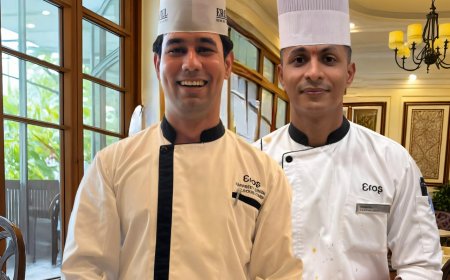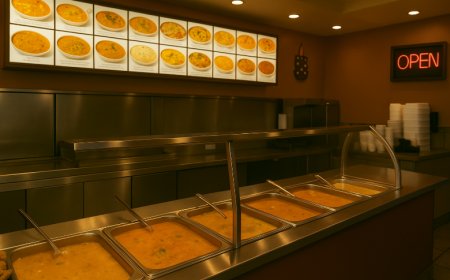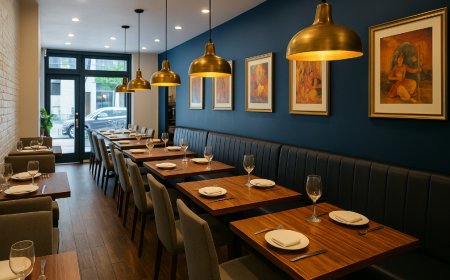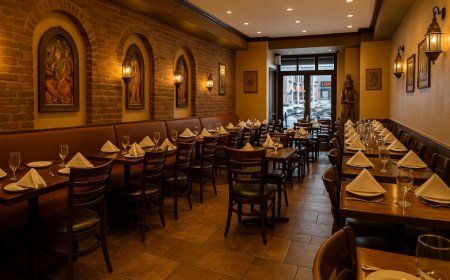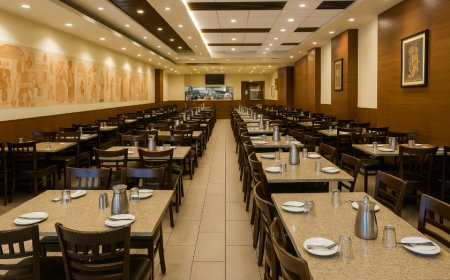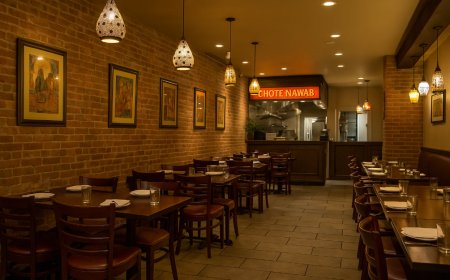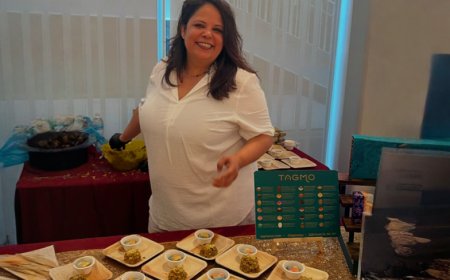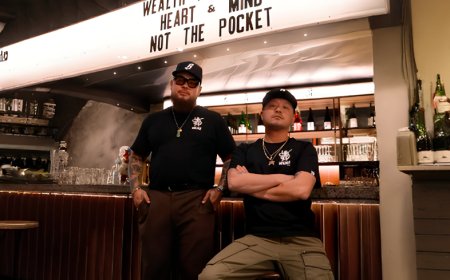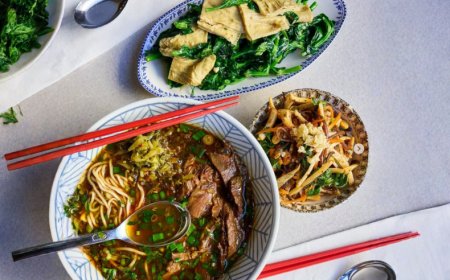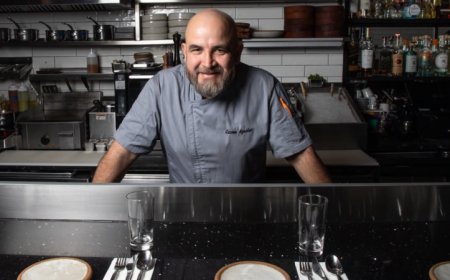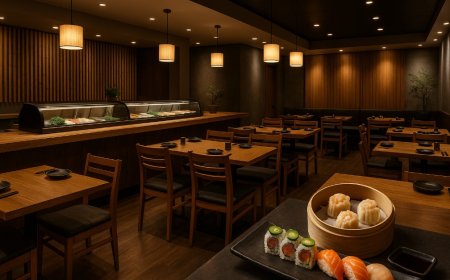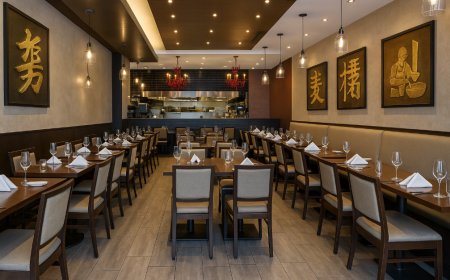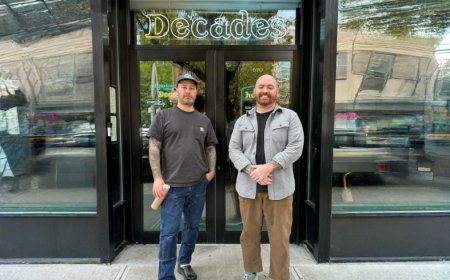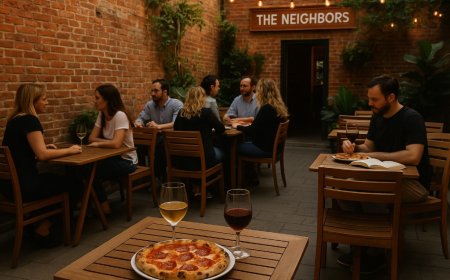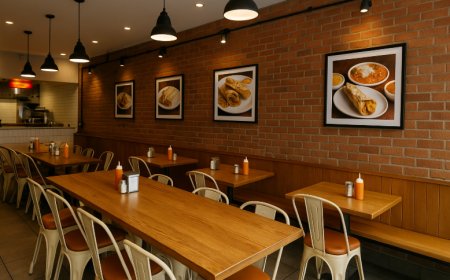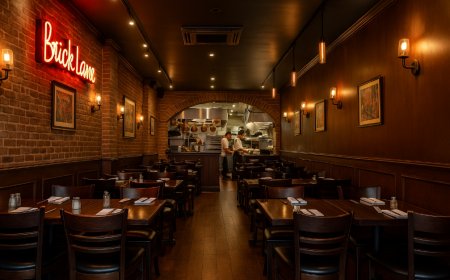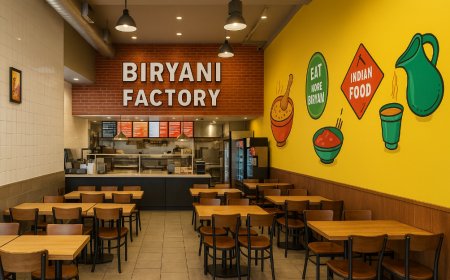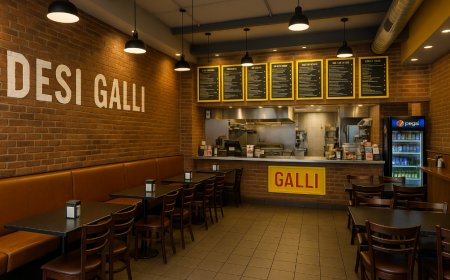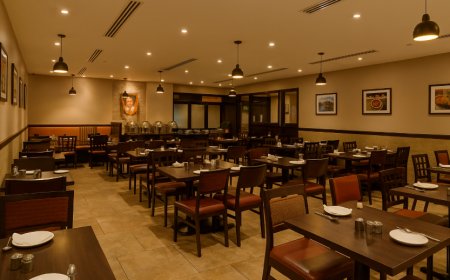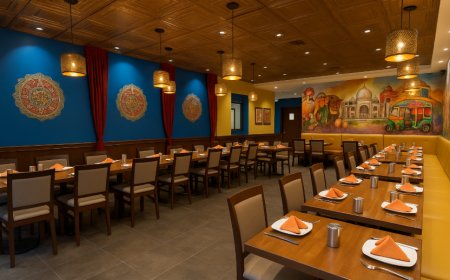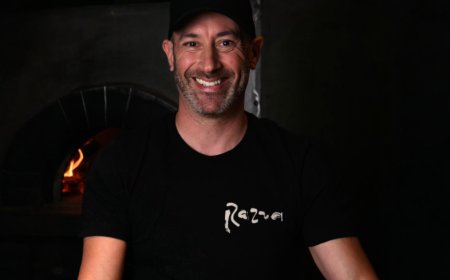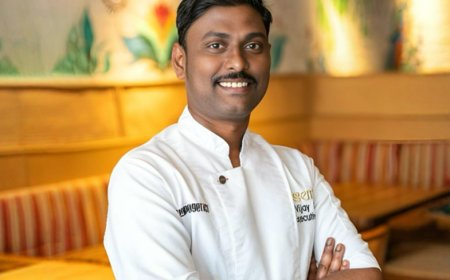Dim Sum’s Timeless Role: Why America’s Chefs Are Keeping the Tradition Alive
Discover why Asian American chefs and restaurateurs believe dim sum is more vital than ever. Explore how this tradition brings communities together and bridges generations, from NYC to DC and beyond.

Dim Sum: More Than Small Plates
Dim sum is more than a style of dining — it’s a living tradition that carries centuries of culinary culture, storytelling, and community connection. Across Chinatowns, family restaurants, and modern Asian eateries, these small plates have a big job: to bring people together across tables and generations.
Today, as the food world evolves and fuses global influences faster than ever, chefs across the U.S. are re-examining the true purpose of dim sum. For them, it’s not just about delicate dumplings or steaming carts of buns — it’s about preserving a ritual that binds families and communities in a meaningful way.
The Story Behind Dim Sum: A Cultural Bridge
Originally rooted in Cantonese tea houses, dim sum literally means “touch the heart” — a poetic phrase for dishes meant to delight in small bites alongside tea and conversation. In China, and later in Chinese American communities, these gatherings have long been a weekend staple — a slow, chatty brunch where stories are swapped as dishes pile up on lazy Susans.
In bustling American cities, from San Francisco’s storied Chinatown to newer enclaves in Queens, dim sum evolved into an anchor of community life. Generations gather around tables to catch up, celebrate, and maintain cultural ties. Today, young Asian American chefs are working to ensure that this ritual doesn’t just survive — but continues to grow, adapt, and inspire.
A Chef’s View: Dim Sum as Family and Identity
Take Amelie Kang, the co-founder of New York’s MáLà Project. Her memories of dim sum aren’t just about dumplings — they’re about family kitchens in northern China, where hours were spent shaping dough and folding meat into tiny parcels. For Amelie, this hands-on process was more than cooking. It was about slowing down, connecting, and keeping traditions alive far from the bustling city outside.
Her restaurant, known for its fiery dry pot, doesn’t serve traditional dim sum daily — but the influence is everywhere. The respect for slow preparation, the joy of communal dining, and the pride in craftsmanship all echo the spirit of dim sum.
Celebrating Community, One Basket at a Time
In Washington, DC, Tiger Fork’s executive chef Jong Son sees dim sum as a rare treat in his busy schedule — a chance to gather friends and loved ones around a table filled with bamboo steamers and delicate plates. To him, the ritual is precious because it demands presence: a moment to savor flavors and share conversation, away from the rush of kitchen life.
His restaurant’s dim sum offerings reflect a deep respect for technique and history. Dishes like char siu bao (barbecue pork buns) or siu mai (open-faced dumplings) demand skill and patience — traits that link modern chefs to generations of dim sum masters before them.
Why Preserving Dim Sum Matters Now
What these chefs know, and what many diners feel instinctively, is that dim sum is at risk in a world that values speed and convenience. The painstaking craft behind each steamed dumpling, the hours spent prepping fillings, and the patience required to execute service properly all clash with the economics of modern kitchens.
Yet despite these challenges, a new wave of chefs and restaurateurs see dim sum as a touchstone for cultural identity. For many Chinese American families, sharing dim sum is one of the last communal rituals that resists assimilation. It’s a chance for elders to teach the next generation the value of craft, respect, and togetherness.
In major cities, some older dim sum halls have closed their doors under rising rents and changing demographics. But at the same time, inventive chefs are reimagining the tradition — from pop-ups to modern dim sum brunches that blend classics with fresh spins.
What Makes Dim Sum Special: Craft and Care
At its core, dim sum’s magic is found in the tiny details: the perfect pleat of a dumpling, the silky texture of rice rolls, the fluff of a freshly steamed bun. Unlike many modern dining trends, it doesn’t revolve around spectacle — but around skill and subtlety.
At MáLà Project, for example, you’ll find influences of dim sum in the attention to texture and the social aspect of the meal. Guests order dishes to share, dipping into small bites with chopsticks, echoing the same flow you’d find at a traditional dim sum house.
At Tiger Fork, weekend brunch menus showcase how classic items like sticky rice and shrimp dumplings can sit alongside modern creations — a testament to how adaptable the format remains.
Passing the Torch: The Next Generation of Dim Sum Chefs
As food lovers seek more authentic experiences, there’s hope for dim sum’s continued evolution. Chefs like Amelie and Jong represent a generation balancing tradition with innovation. They draw from family memories while using modern kitchens to experiment with fillings, techniques, and presentations that honor the old while surprising the new.
Their commitment is clear: dim sum isn’t just food on a plate — it’s a story. And each bamboo steamer opened at a table is a reminder that food is meant to be shared, savored, and celebrated.
Conclusion: Keeping the Steamer Warm
In a culinary world that moves at lightning speed, dim sum asks us to slow down. To gather around a table and taste more than just flavors — but history, culture, and connection.
What's Your Reaction?
 Like
0
Like
0
 Dislike
0
Dislike
0
 Love
0
Love
0
 Funny
0
Funny
0
 Angry
0
Angry
0
 Sad
0
Sad
0
 Wow
0
Wow
0
